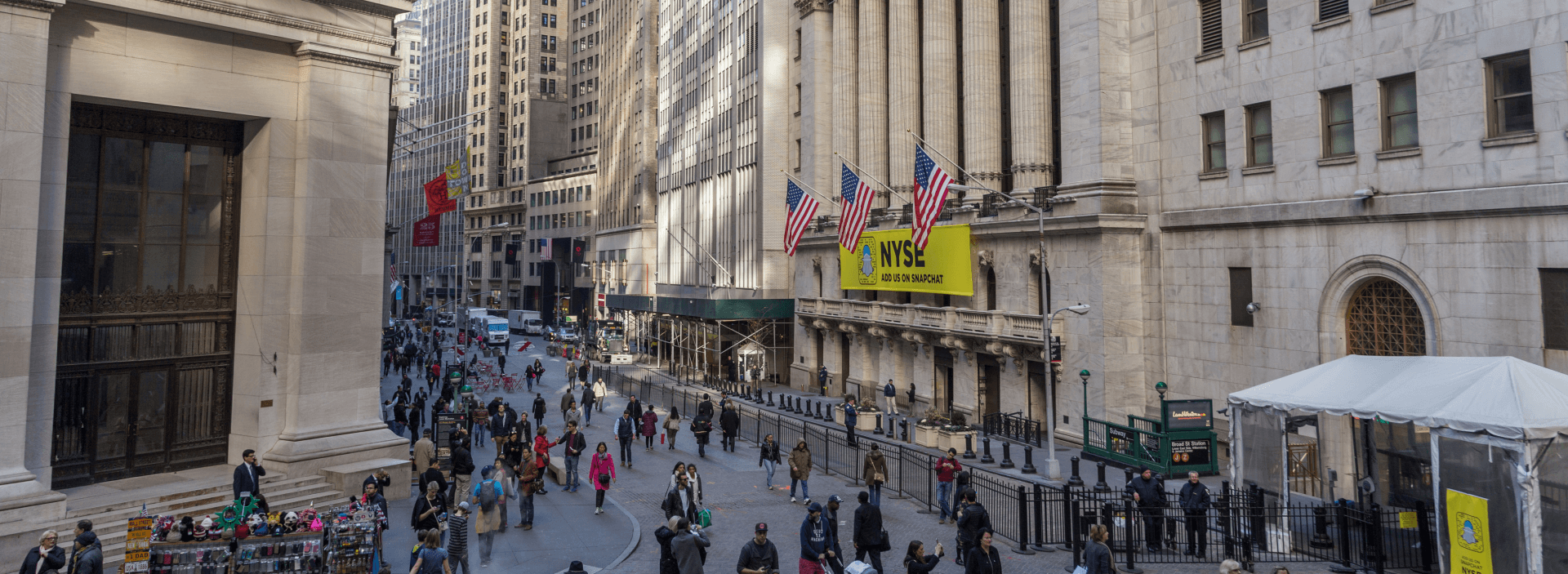
The 2015 Paris Agreement represented a masterful feat of diplomacy: It was the first truly global undertaking, agreed to by nearly every nation, to tackle the climate crisis. But some of its most powerful provisions have only come into play recently, the cumulative effects of which may profoundly reshape the global economy over the coming decades.
Most obviously, the treaty’s “pledge and review” mechanism requires national governments to revisit their emissions reduction commitments every five years and revise them as climate science requires. The Biden administration is currently racing to develop a revised pledge in time for the summit it will host on Earth Day.
Less front and center, though equally important, was a commitment under Article 2.1(c) of the agreement to make global finance flows “consistent with a pathway towards low greenhouse gas emissions and climate-resilient development.” This commitment should be understood to apply to more than just foreign direct investment flows into emerging economies. Rather, it applies to all financial flows, anywhere and everywhere in the world. In other words, and as recognized by President Biden’s January 27 executive order, Article 2.1(c) of the Paris Agreement effectively requires alignment of the global economy with a pathway to net-zero global emissions by mid-century. This places an affirmative obligation on governments to regulate and supervise capital markets to achieve these objectives.
The U.S. government is now — finally — in the early stages of fulfilling this obligation, but the upcoming year will be critical in charting a feasible path to success.
Financial policy is climate policy
Today’s financial system inadequately accounts for the long-term physical and transition risks caused by climate change and the social, techno-economic, and political response to it. In 2017, the industry-led Task Force on Climate-related Financial Disclosures recognized this as a market failure, unleashing a wave of attention to, and reporting on, climate risk. Since then, the conventional wisdom on managing climate risk has undergone a seismic shift from a purely market-led discussion to a clear expectation that regulators must step in. This global shift has left U.S. regulators scrambling to catch up to international peers, and they began signaling an interest in climate financial oversight even before the transition to the Biden administration. The attention of financial supervisors has also spurred the U.S. Securities and Exchange Commission (SEC) and other market regulators to demonstrate that they, too, are prioritizing climate change.
“Financial policy as climate policy” was already relevant prior to the 2020 U.S. election, with governments around the world implementing regulatory strategies to integrate climate risk and promote green finance into their oversight of the financial system. Climate philanthropy has played a key role over the last several years, both by helping inform the terms of this agenda and driving its uptake.
But until 2020, U.S. financial system supervisors and capital markets regulators were largely asleep at the wheel when it came to climate risk.
Well in advance of the 2020 election, ClimateWorks initiated a strategy and grantmaking program to set the international agenda on climate financial regulation, understanding that the U.S. would, eventually, enter and in many ways become a leader in the space. This comes as no surprise, since U.S. capital markets are the largest in the world, representing 41% of global equity and 40% of global fixed income. What’s more, the U.S. dollar’s status as the global reserve currency ensures that the Federal Reserve and Treasury Department play an outsized role in shaping global financial flows.
It’s now well time for the U.S. not only to catch up to the international community on financial policy, but to take the lead.
A playbook for action
The extensive financial oversight powers and authorities of the U.S. executive branch allow the Biden administration to move quickly on climate financial regulation. We have been working with fellow funders to establish a coalition of long-time financial regulatory experts and advocates focused on promoting the reform of financial regulations to make them more equitable, just, and sustainable; climate should be one major pillar of the growing push for greater Wall Street accountability.
To that end, last year the ClimateWorks Finance Program partnered with Americans for Financial Reform, Public Citizen, and a team of contributing experts to develop a financial regulation playbook. “Climate Roadmap for U.S. Financial Regulation” details specifically how the Biden administration can protect investors, workers, and the American economy from the escalating risks caused by the climate crisis and align the complex regulatory framework governing the capital markets and financial system with the urgent transition to a low-carbon economy.
This playbook builds on prior calls for U.S. regulators to act, providing comprehensive, agency-by-agency guidance on how to do so. Although the report provides scores of technical recommendations on staffing, financial supervision, and market regulation, a few key themes emerge as priorities across the many agencies that conduct financial and market oversight. The core recommendations, paraphrased from the playbook, are:
- Firms should not be allowed to hide activities that are exposed to, or contribute to, climate risks. Regulators should require more accurate, comparable, standardized, and decision-useful climate-related disclosures for use by themselves, investors, and financial institutions.
- Investors must be able to act on climate reporting from companies. Regulators should protect and significantly expand investor and fiduciary rights to manage climate risk.
- Disclosure and investor empowerment are not enough. Regulators must use their authority to limit climate-related risks as they do other types of risk. Regulators should make substantive, prudential regulation a core pillar of the response to climate-related financial risks, and they should do so with the urgency befitting the climate crisis.
- Regulators must expand research on climate change’s effects on financial risk and the functioning of the market, even as they act to manage those risks. The need for further research is not an excuse for inaction, but it is also urgent, and will help regulators calibrate their actions over time. Coordination among financial regulators, FSOC, the White House, and international peers will be vital, as will outreach to environmental regulators and climate scientists throughout the Biden administration.
- Regulators must protect marginalized communities from being harmed by efforts to mitigate climate-related risk and prioritize efforts to advance equity and direct investments in sustainability and resilience to these communities.
The playbook calls for President Biden to issue an executive order on climate financial regulation, affirming that leadership begins at the top. The Biden White House can send a clear signal to both independent agencies and executive departments, ensuring forceful action by requesting or requiring, as appropriate to each agency’s mandate, that they prioritize climate in financial oversight.
Leadership must also come from Treasury Secretary Janet Yellen, to whom the Dodd-Frank Act bestows a vital interagency coordination role via the Financial Stability Oversight Council (FSOC). Our work on climate financial regulatory policy recommendations for the new administration has shown us that, perhaps even more so than in other domains, there are many parallel issues that arise in different regulatory bodies. Interagency coordination is vital to avoid a patchwork approach that could fail to respond adequately to systemic risk. Secretary Yellen presided over the first-ever FSOC meeting to address climate risk as the playbook report was published. This coordination process, together with senior personnel dedicated to climate-related issues at Treasury, the Federal Reserve, the Securities and Exchange Commission, the Commodity Futures Trading Commission, and other relevant agencies will be essential to ensuring the U.S. has a comprehensive and coherent regulatory regime in place to tackle the climate crisis.
The path forward
Capital markets are just beginning to price in — and put money on — the now inevitable impacts of climate change and the accelerating low-carbon transition, but for many investors, businesses, and banks, the pathway to a net-zero emissions economy remains frustratingly unclear.
There are two ways forward. In the first, market actors continue to feel their way blindly through the transition, chasing special purpose acquisition companies (SPACs) and other poorly regulated financial products to get exposure to the low-carbon economy, while at the same time inadvertently propping up high-carbon industries based on arcane risk management and portfolio optimization processes that rely on backward-looking data. In this scenario, the financial system as a whole will likely face considerable risks of green bubbles, public and policy backlash, and financial instability. The capital markets, only partially aligned with the low-carbon transition, will remain a hindrance, not a helper.
The other pathway sees financial supervisors and capital markets regulators take steps to ensure that companies clearly and candidly disclose how they will fare in a world of inevitable climate impacts and a shift to a low-carbon economy, that investors are empowered to act on this vital information, and that banks, insurers, and pensions are required to account for and reduce these risks in their stewardship of capital. Financial regulators have an affirmative duty to ensure our financial system is climate-smart, and now they have a playbook for how to do it.

